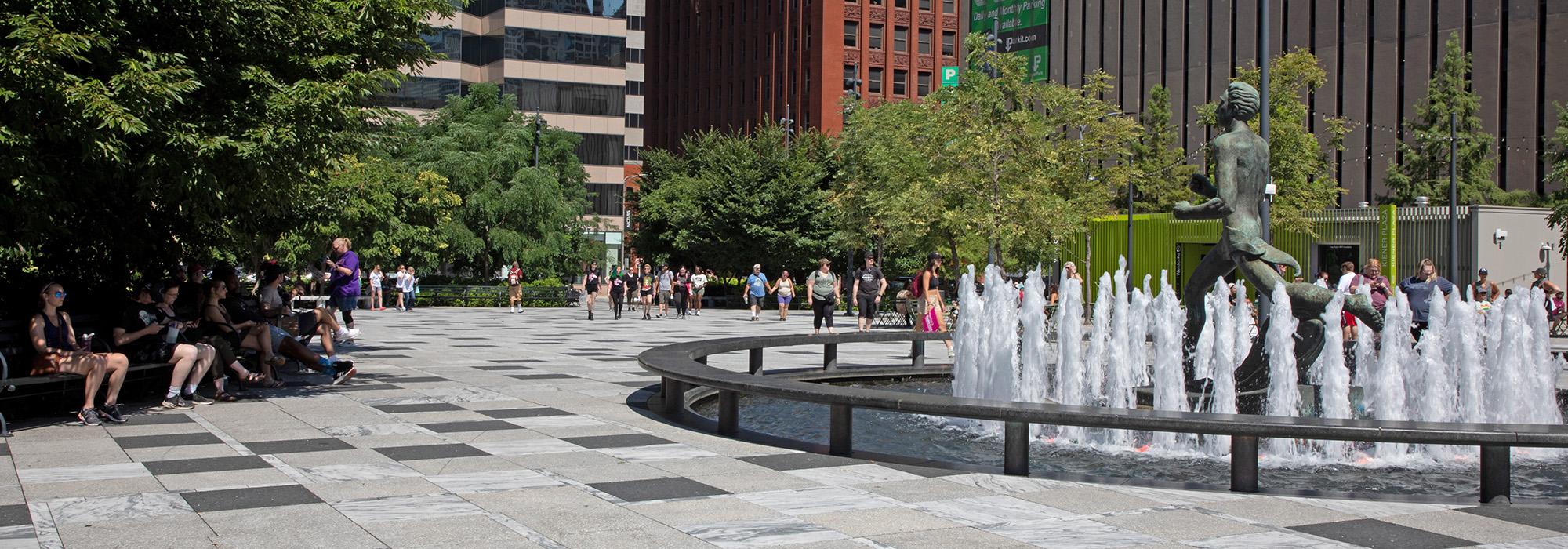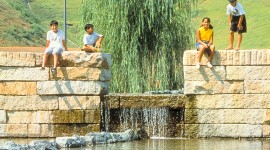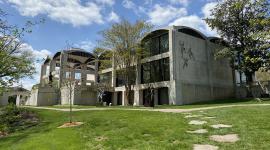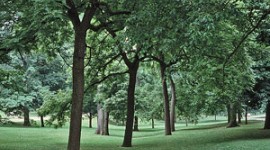About Cultural Landscapes
Cultural landscapes are landscapes that have been affected, influenced, or shaped by human involvement. A cultural landscape can be associated with a person or event. It can be thousands of acres or a tiny homestead. It can be a grand estate, industrial site, park, garden, cemetery, campus, and more. Collectively, cultural landscapes are works of art, narratives of culture, and expressions of regional identity. There are primarily four categories of cultural landscapes, although any given landscape may fall under more than one:
Designed Landscapes
Ethnographic Landscapes
Historic Sites
Vernacular Landscapes
Why are cultural landscapes important?
Cultural landscapes are a legacy for everyone. These special sites reveal aspects of our country’s origins and development as well as our evolving relationships with the natural world. They provide scenic, economic, ecological, social, recreational, and educational opportunities helping communities to better understand themselves.
Why is it important to protect cultural landscapes?
Neglect and inappropriate development put our irreplaceable landscape legacy increasingly at risk. Too often today’s short-sighted decisions threaten the survival and continuity of our shared heritage. It is everyone’s responsibility to safeguard our nation’s cultural landscapes. The ongoing care and interpretation of these sites improve our quality of life and deepen a sense of place and identity for future generations.
Related Content
Harima Science Garden City
Sayo-cho, 28Hodges Garden State Park
Florien, LAKreeger Museum
Washington, DCLincoln Memorial Garden
Springfield, IL







